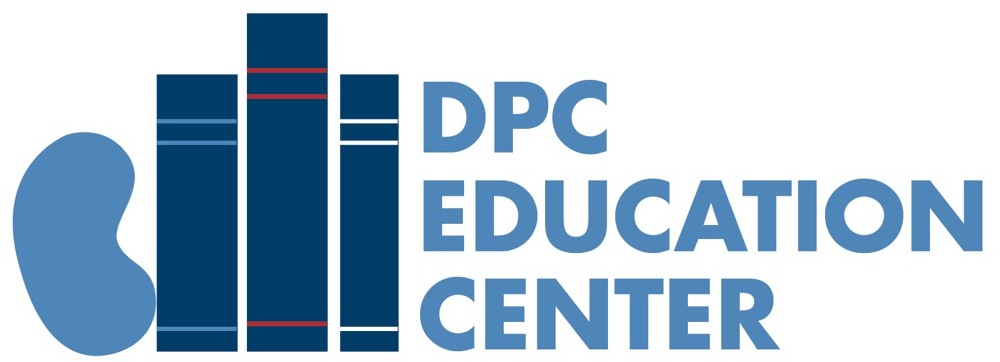According to data from the US government OPTN annual report, the average graft from a deceased donor has a 69% chance of lasting five years and 43% chance of lasting ten. Additionally, on average a living donor kidney has an 81% chance of survival after five years and a 59% chance of lasting ten years. As you can see there are differences that come from receiving an organ donated from a deceased individual (cadaver) versus getting an organ from a living donor.
Kidney and Patient Survival Averages for 3 years, 5 years and 10 Years[1]
|
|
3 Years |
5 Years |
10 Years |
|
Deceased Donor kidney Survival |
80.1% |
69.3% |
43.3% |
|
Living Donor kidney Survival |
89.6% |
81.4% |
59.3% |
|
Deceased Donor Patient Survival |
89.1% |
81.9% |
61.2% |
|
Living Donor Patient Survival |
95.3% |
91.0% |
77.1% |
So what are some of the factors that help living donor organs have better survival rates?
You don’t need to wait on the deceased donor waiting list. Dialysis is a wonderful life saving treatment, but it can’t replace all of the functions of the kidney. Even daily treatments need to squeeze the activity that your kidneys do constantly into a shortened time frame. The average time on the waiting list at most transplant centers is anywhere from three to five years depending on your blood type.[2] Any time that you don’t have to wait on the list can increase your chances of survival.
In addition to decreased waiting time, you can also schedule the surgery when it is best for you and your donor. You don’t have to stay on immediate alert and this can significantly reduce stress, minimize time missed from work, plan childcare and other planning. A side benefit of being able to schedule the surgery is that the organ won’t have to travel. The less time spent out of the body, the longer the organ can survive.
If the donor is an immediate family member, then the kidney would likely be a better genetic match. What this does is convince your body that the new kidney is not a foreign object. Your body recognizes the kidney as its own. Unless it is a perfect match (extremely rare) there will still be a need for immunosuppressant drugs. A better match does lead to longer organ and patient survival.
Having an organ that starts working immediately also helps with survival time since there is immediate feedback that the organ is working and less risk of an immediate rejection.
[1] United States Department of Health and Human Services. Organ Procurement and Transplantation Network Annual Report. 2009. Retrieved from http://www.ustransplant.org/annual_reports/current/113_surv-new_dh.html.
[2] The Waiting List. Kidneylink Your Kidney Transplant Navigator. Retrieved from http://www.kidneylink.org/TheWaitingList.aspx.



